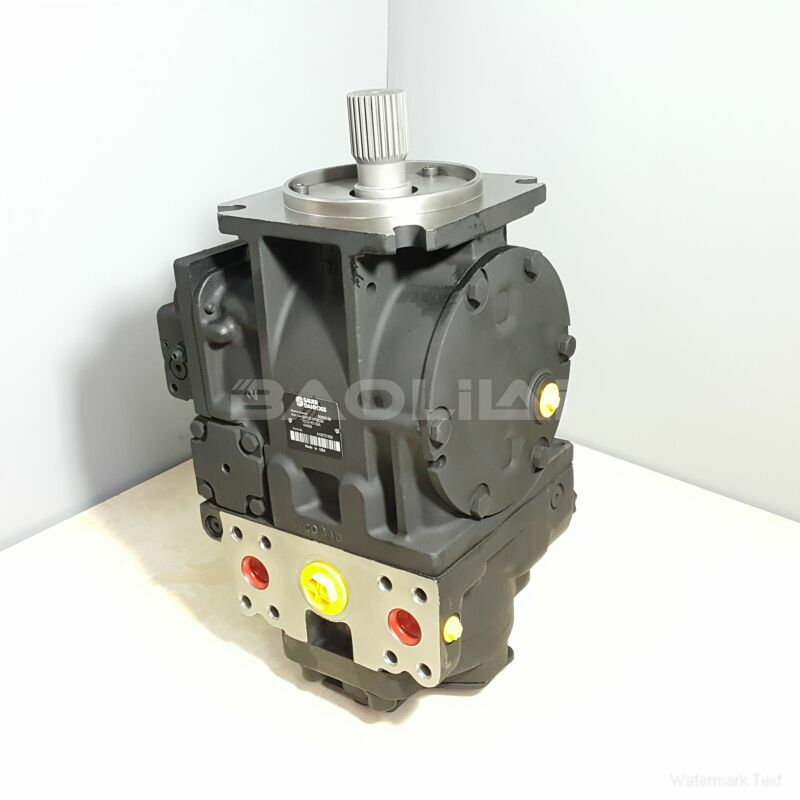90R075MA1NN81P3S1D03GBA323220 danfoss pump
90R075MA1NN81P3S1D03GBA323220 danfoss pump

- Product Details
- Applicable Scene
Ocean research platforms play a crucial role in understanding marine ecosystems, weather patterns, and countless other environmental factors. However, the operation of these platforms often leads to the accumulation of biofouling, sediment, and other contaminants that can impact their functionality and the accuracy of the data collected. Maintaining the cleanliness and operational efficiency of these platforms is essential, and one of the most effective tools for this purpose is the plunger pump.
90-R-075-MA-1-NN-81-P-3-S1-D-03-GBA-32-32-20
90R075MA1NN81P3S1D03GBA323220
Plunger pumps are positive displacement pumps that utilize a plunger mechanism to move fluid through the pump. Their design allows them to handle high pressures and provide a consistent flow, making them particularly suitable for various cleaning and maintenance tasks on ocean research platforms. Here, we will explore the advantages of using plunger pumps in this context, the typical applications, and their role in promoting the longevity and reliability of these vital research tools.

95-2620
One of the primary advantages of plunger pumps is their ability to deliver high-pressure water jets. This feature is crucial in effectively removing biofouling—organisms like algae and barnacles that attach themselves to surfaces submerged in ocean water. These organisms not only hinder the performance of research instruments but can also disrupt the collection of samples, leading to erroneous data. Using plunger pumps, researchers can generate powerful jets of water that dislodge and wash away this unwanted growth, ensuring the platforms remain clear and operational.
Additionally, plunger pumps are efficient in dealing with sediment buildup around platforms. Sediment can accumulate over time, affecting the stability of the structures and interfering with sensitive instruments. By employing plunger pumps to create high-pressure streams, maintenance crews can easily mobilize and remove sediment deposits. This not only improves the operational integrity of the platforms but also enhances the reliability of data collection processes, as measurements will be less influenced by interference from debris.





